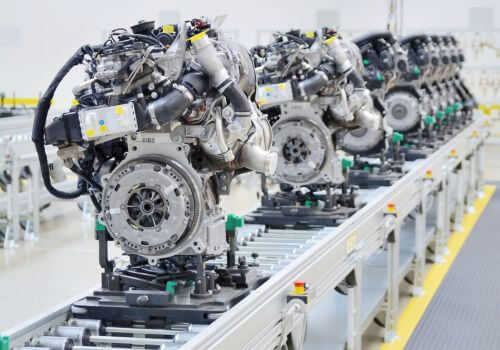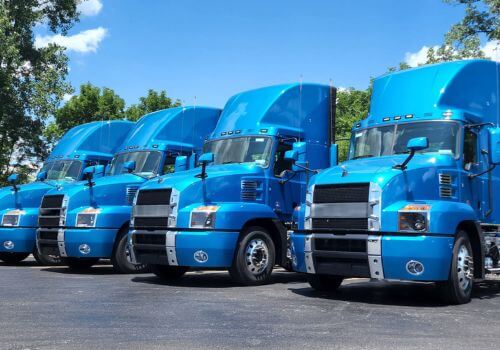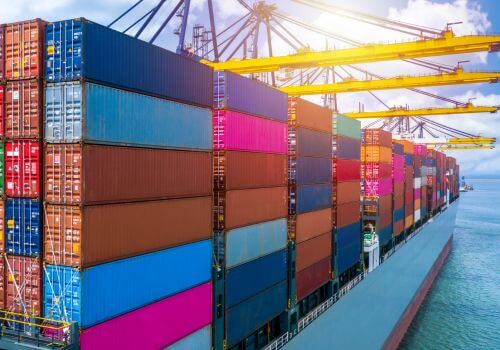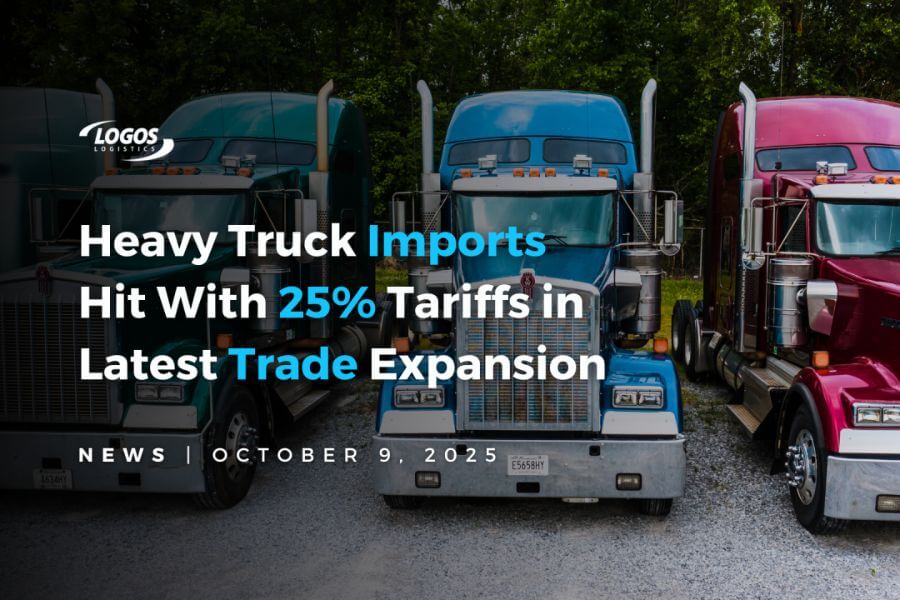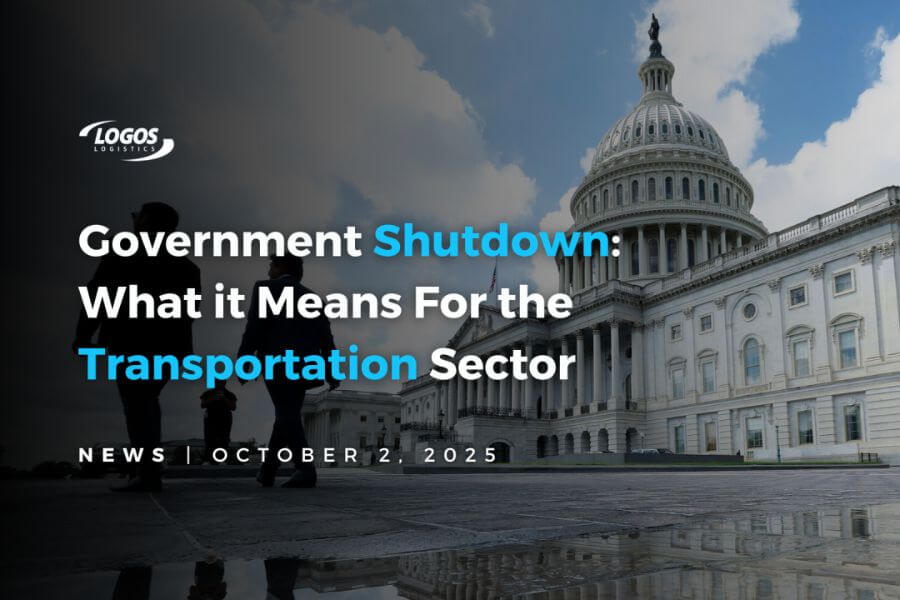>>> Read newsletter on LinkedIn <<<
The trucking industry remains a cornerstone of the U.S. economy, with millions of trucks on the road, and billions of tons of freight transported annually. Here are 25 facts and metrics that paint a comprehensive picture of the state of trucking in the USA as of 2025:
- Industry Size: Trucking accounts for over 70% of all freight transported in the United States, making it the most preferred mode of transporting goods across the country.
- Employment: The trucking industry employs around 3.6 million truck drivers, which reflects its crucial role in the U.S. job market.
- Economic Contribution: Trucking contributes approximately 5% to the U.S. Gross Domestic Product (GDP).
- Fuel Consumption: The industry consumes about 54 billion gallons of fuel yearly, with diesel remaining the predominant choice.
- Average Salary: The average annual salary for truck drivers is approximately $50,000, but experienced drivers can earn significantly more depending on their routes and freight types.
- Number of Trucks: There are over 15.5 million trucks in operation, including both commercial trucks and freight vehicles.
- Miles Traveled: Annually, U.S. trucks cover a combined total of around 300 billion miles.
- Freight Volume: Trucks in the U.S. transport about 10.8 billion tons of freight each year.
- Electric Trucks: By 2025, around 2% of all trucks on the road are electric, as the industry moves towards more sustainable practices.
- Technology Adoption: Adoption of GPS tracking and real-time data monitoring has become standard, improving logistics and fleet management efficiency.
- Safety Statistics: The rate of accidents involving trucks has decreased by 4% from the previous decade due to better safety technologies and stricter regulations.
- Regulations: Compliance with the Electronic Logging Device (ELD) mandate is near universal, ensuring drivers adhere to hours-of-service regulations.
- Autonomous Trucks: Pilot programs for autonomous trucks are underway in several states, with significant investments from major tech and transport companies.
- Insurance Costs: Average insurance costs for truck drivers have increased to about $7,000 per annum due to the high value of transported goods and the inherent risks of road transport.
- Driver Shortage: There is an ongoing shortage of qualified truck drivers, with an estimated gap of approximately 60,000 drivers.
- Driver Demographics: About 10% of all truck drivers are women, a figure that has been steadily increasing over the past decade.
- Carbon Emissions: The trucking industry is responsible for approximately 20% of all transportation-related emissions in the U.S.
- Major Hubs: Texas, California, and Illinois remain the top states for trucking activity due to their large manufacturing bases and strategic locations.
- Impact of COVID-19: The pandemic accelerated the adoption of contactless and digital technologies for shipping and receiving operations.
- Average Age of Trucks: The average age of a commercial truck in the U.S. is around 7 years, reflecting ongoing renewals and upgrades to more efficient models.
- Cross-Border Trucking: Trucks moved over $720 billion worth of goods between the U.S., Canada, and Mexico in 2025, emphasizing the importance of North American trade agreements.
- Training and Certification: New regulations have increased the requirements for driver training, emphasizing safety and compliance.
- Industry Challenges: Major challenges include managing fuel costs, navigating urban congestion, and maintaining driver health and safety.
- Logistics Technology: The integration of blockchain technology is improving the transparency and efficiency of freight logistics.
- Future Outlook: The industry is expected to grow at a steady rate of 3% annually, driven by increasing consumer demand and advances in vehicle technologies.
The trucking industry in 2025 continues to be an essential part of the American economy and supply chain, adapting through technology and facing challenges with innovative solutions.



